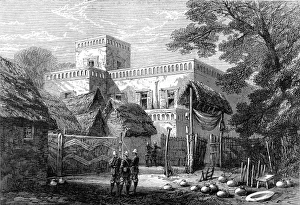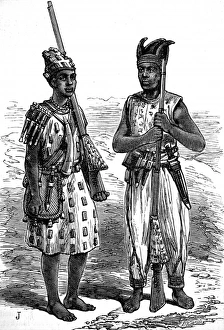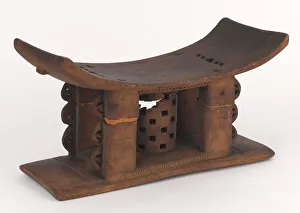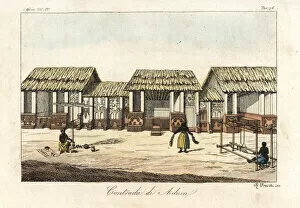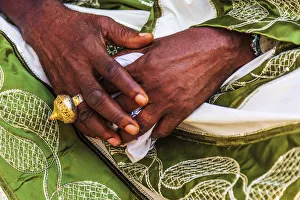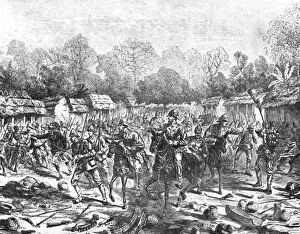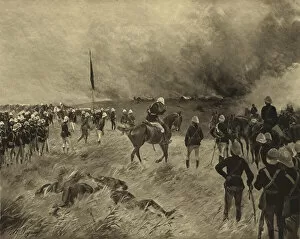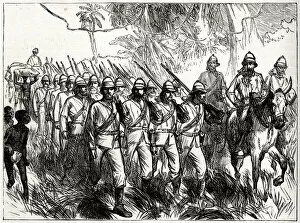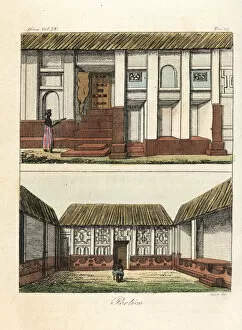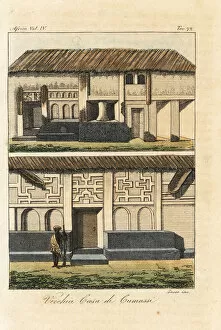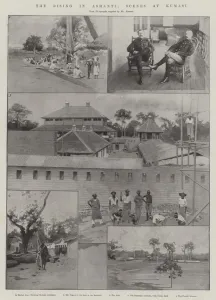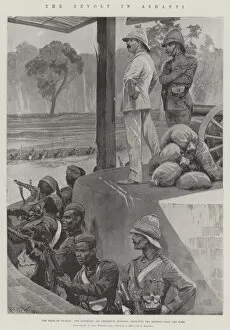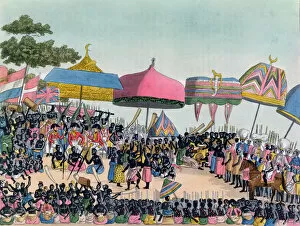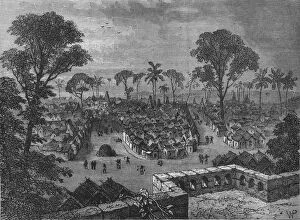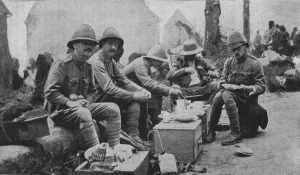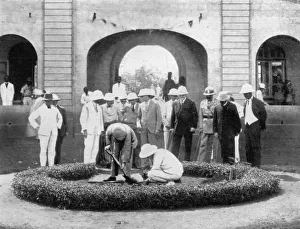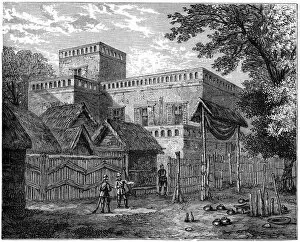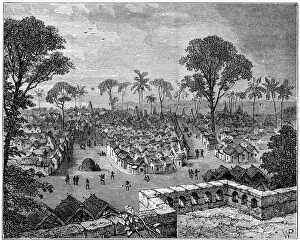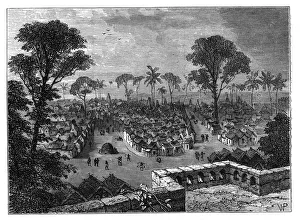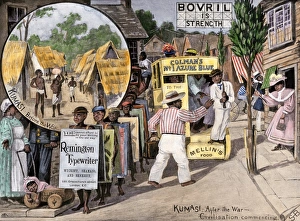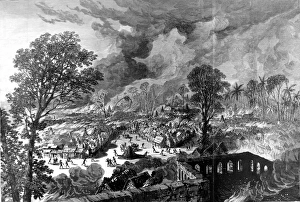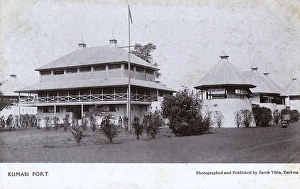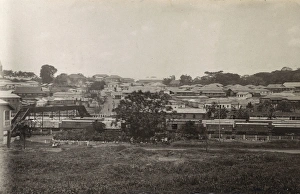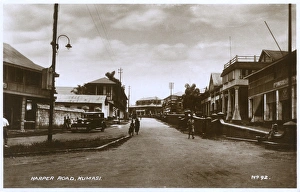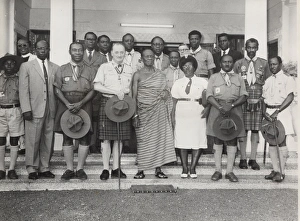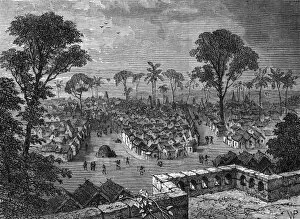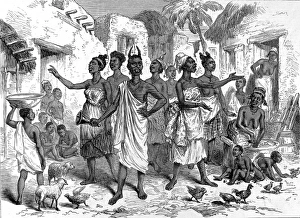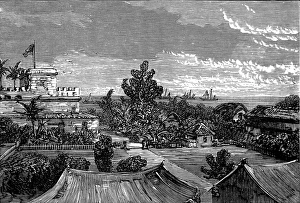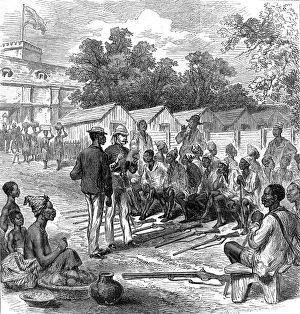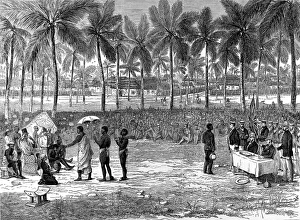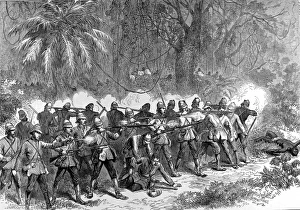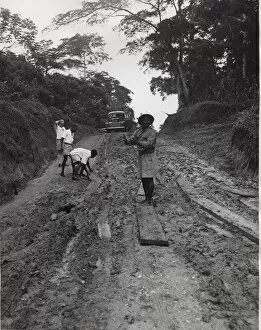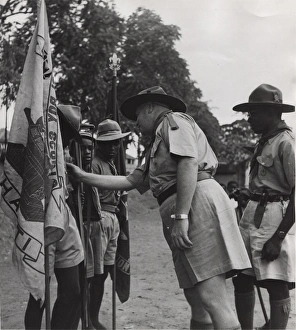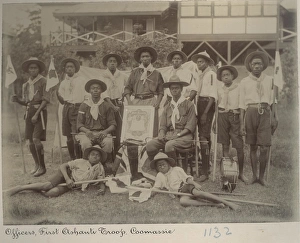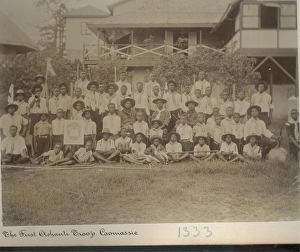Kumasi Collection
Kumasi, the vibrant heart of the Ashanti Region in Ghana, holds a rich history that echoes through its streets
All Professionally Made to Order for Quick Shipping
Kumasi, the vibrant heart of the Ashanti Region in Ghana, holds a rich history that echoes through its streets. The King of Ashantis Palace at Kumasi stood tall and majestic in 1874, symbolizing the power and authority of the Ashanti Kingdom. Fante Soldiers served alongside the British against the Ashanti, showcasing their bravery and loyalty. The burning in February 1874 marked a significant event during the Third Anglo-Ashanti War or First Ashanti Expedition. This devastating incident left an indelible mark on this resilient city's landscape. In the District of Adum within Kumasi, lies a treasure from history - an Ashanti stool taken from King Prempei's Palace. This sacred artifact represents tradition and cultural heritage that has been preserved for generations to come. As Sir Garnet Wolseley entered Kumasi during The Ashanti Expedition in 1873-74, he witnessed firsthand its beauty and resilience. The imposing Kumasi Fort stood as a testament to strength and protection against external forces. From afar, one can catch a breathtaking view - a bustling metropolis nestled amidst lush greenery. Harper Road winds through this enchanting cityscape while Chief Scout Sir Charles Maclean explores every nook and cranny with curiosity. Every year, during Akwasidae festival in Kumasi, Ghana comes alive with vibrant colors as locals adorn themselves with colorful dresses and gold jewelry. This celebration showcases their deep-rooted traditions and love for their culture. Kumasi is not just any ordinary city; it is steeped in history that intertwines with modernity seamlessly. It stands proudly as a reminder of Ghana's past glory while embracing progress towards an even brighter future.

